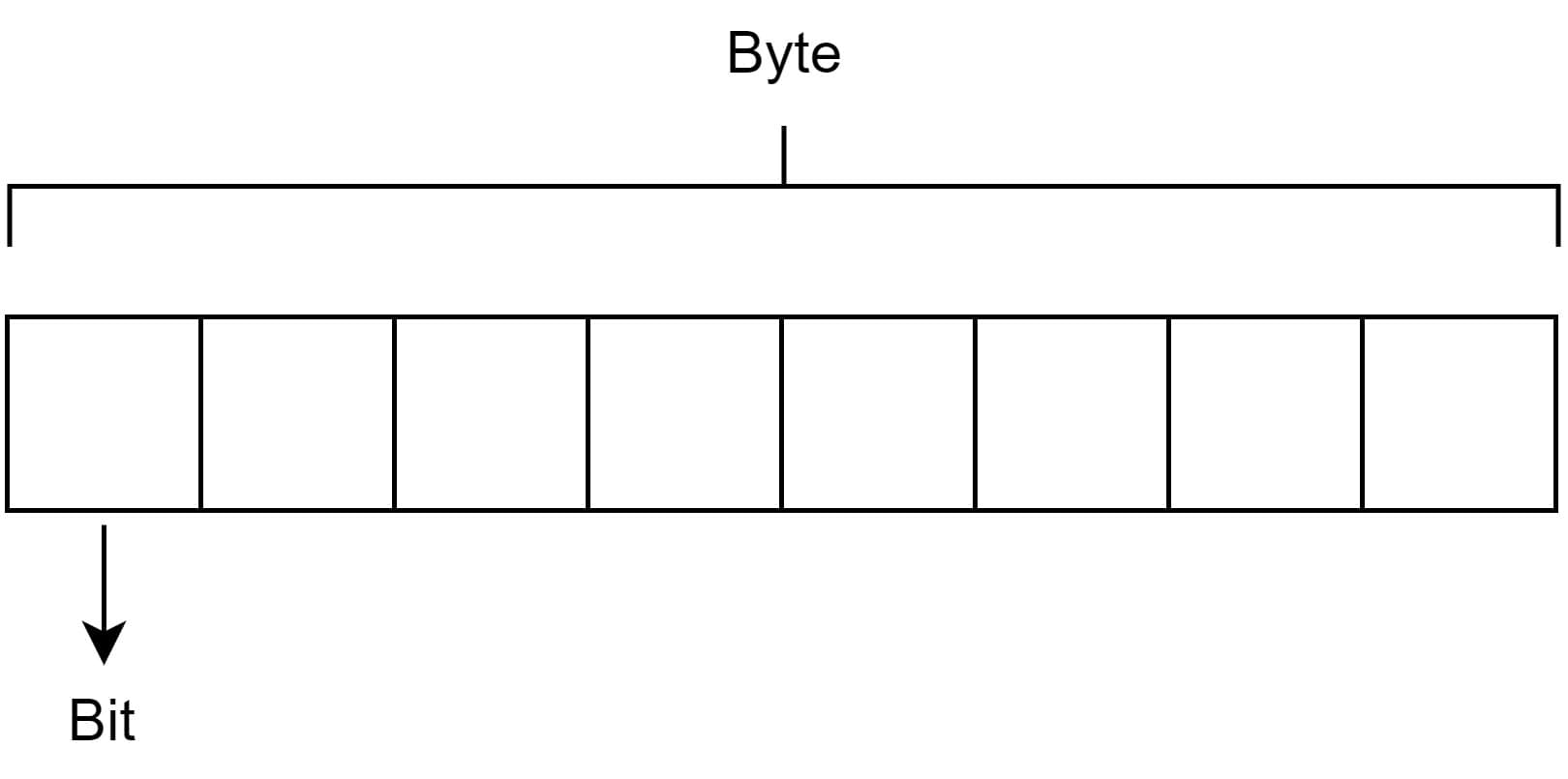Differences Between Bits and Bytes
PermalinkNowadays, we are used to hear about bits and bytes and sometimes, in the advertising, we see that the Internet speed is about 100 Mbps. Is that 100 megabytes per second? No, it isn’t. There are some differences between bits and bytes. Let’s see.
Bit stands for Binary Digit and it is the smallest unit of information that can be stored or transmitted. A bit can only hold one out of two values: 0 and 1, in other words, the binary code. Bits are represented by a lower case “b”.
Byte stands for Binary Term and it is a data type in computation. It’s generally used to specify the amount of memory or capacity of a device. It is represented by a upper case “B”. By default:
- 1 Byte = 8 bits (octect)
- ½ Byte = 4 bits (semioctect)

There are Binary Prefixes (IEC) which are names and symbols used to measure the amount of Bytes. These are unit prefixes for multiples of units in data processing, data transmission and digital information. In the case of bits and bytes, it indicates the multiplication by a power of 2. For example, one megabibytes (MiB) is equivalent a 2 to the power of 20 bytes!
On the other hand, there is the International System of Units (SI) notation which is more common. This ones represent the multiplication by a power of 10. For example, a megabyte (MB) is the same as 10 to the power of 6 bytes.
What about ads?
Now, a little advice from me. When you see an ad telling that the Internet they offer is about 12 Mbps for example, take care! 12 Mb (megabits) is only 1.5 megabytes! The ad is correct, but the majority of the population doesn’t know this difference and they will think that they offer a super fast Internet when they don’t.
